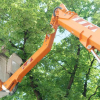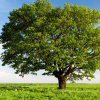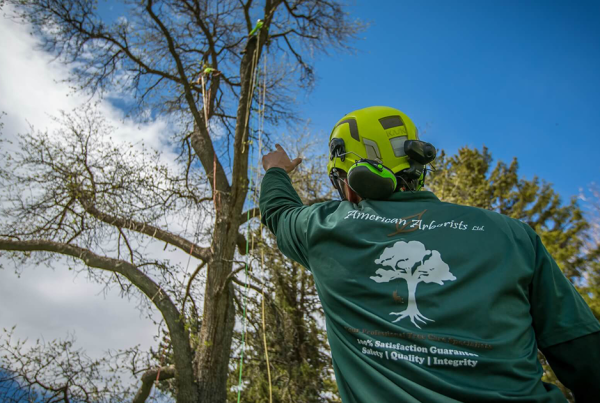
Every homeowner who has a few trees in their property should take the time to learn about the basics of DIY tree care and maintenance. Despite what you might think, trees need some tender loving care as well, especially during the harshest of seasons.
So why is this important?
Whether you planted the tree yourself or was already there when you bought your property, trees add beauty to the landscape and value to your property. They’re an investment worth looking after. With that said, proper tree care and maintenance are necessary to maintain the health, aesthetics, and the lushness of the trees in your property.
What can regular homeowners do to help care for the trees in their property?
You see, there are many different ways to care for a tree. There are certain tasks you can do that don’t require any sort of expertise or help from a tree care professional. As simple as some of these tasks can be, they do a lot for the health and well-being of your trees.
Do-It-Yourself Tree Care Tips
DIY Tip #1: The Basic Task of Weeding
The most basic task any homeowner can do when it comes to tree care is actually one that doesn’t require any expertise or skill: pulling weeds. Yes, you read it right. Pulling weeds can be a tedious task, to be honest. But, it’s a task that offers great benefits to young or newly planted trees.
If you can’t do any physical labor:
Here’s a solution for you; ask the kids to do it instead. They want some money so they could go to the mall? Well, here’s a chore they can do to earn some cash. It’s a win-win situation, right?
- Periodically pulling weeds around the base of a tree is beneficial because weeds can impede the growth and development of a young tree.
- They take away most of the moisture and the nutrients the tree needs for nourishment.
So as simple as this task may be, it is still quite important; a task that you can definitely do yourself without any professional help.
DIY Tip #2: The Art of Tree Pruning
There are different types of pruning, and not all of them are recommended as a DIY project. Certain pruning jobs require the help of a Certified Arborist or a tree professional. However, there are a few pruning tasks that you can do on your own, such as cutting away low hanging branches, removing small diseased limbs. And when I say small, I mean branches and limbs that you can easily reach and carry in one hand. Anything larger or higher can be dangerous without any professional help.
Here’s a bonus tip for you:
If you’re thinking about using a chainsaw to prune your tree, you better make sure that you know how to handle that beast. The last thing you want is an accident. And one more thing; never use a chainsaw while you’re on a ladder, you’re just flirting with danger. For bigger and more difficult pruning tasks, it is best to call the professionals.
DIY Tip #3: The Science of Mulching
Placing mulch on the soil around the tree is extremely beneficial for trees, especially when they’re about to face the difficult challenges of winter. If you live in an area that experiences extreme fluctuations in temperature during the winter months, it would be prudent to prepare your trees before the winter season hits.
So what’s the right way to apply mulch?
- The rule of thumb is to place mulch at least six inches away from the trunk of the tree to avoid damaging the base of the tree.
- A thickness of two inches is enough to blanket the soil underneath and protect the shallow roots against extremely low temperatures.
You may contact your local Arborist for additional information about the proper application of mulch and for additional tips on how to prepare your tree for the winter.
When is the best time to hire a tree pro?
Basically, if the job becomes too difficult, or if the tree requires extensive care and maintenance, you should consider hiring a Certified Arborist or a professional tree service. Tree removal, seasonal tree care, and heavy pruning jobs are best left to the pros as well.









